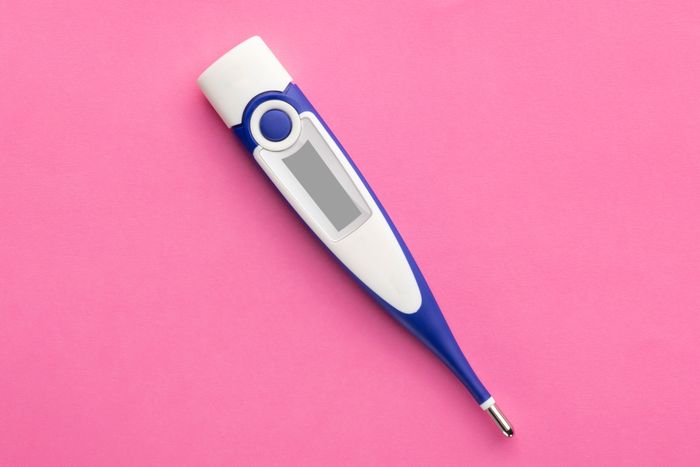In early April, the Centers for Disease Control and Prevention issued new face-mask guidance, encouraging everyone to wear cloth face coverings when in public. The reasoning: “We now know from recent studies that a significant portion of individuals with coronavirus lack symptoms” and that those individuals can transmit the virus to others.
While we don’t know for certain what percentage of people infected with the coronavirus are asymptomatic, we know that the percentage isn’t insignificant. It’s why elected officials across the worldhave stressed the importance of staying home as much as possible, largely to help protect the essential workers who can’t. Unfortunately, the U.S. doesn’t have widespread testing, which means it’s unlikely we’ll ever get a good picture of exactly how many American cases are asymptomatic. But here’s what we know about asymptomatic carriers so far.
Just to be clear: What exactly does it mean to be asymptomatic?
If you are truly asymptomatic, that means you are infected with a virus but you never exhibit symptoms of disease. In the case of the coronavirus, those common symptoms would be dry cough, fever, and fatigue. However, as health officials have repeatedly stressed in an attempt to convince people to adhere to strict social-distancing measures, people with the coronavirus who are asymptomatic are still contagious.
How many people with the coronavirus are asymptomatic?
That’s where we’re lacking conclusive research. Some studies are reporting alarmingly high numbers: In early April, one lab in Iceland reported that as many as 50 percent of cases could be asymptomatic; this past week, India’s top medical research body reported that out of 100 infected people they studied, 80 did not have symptoms. In one Boston homeless shelter, where 400 guests were staying, 146 tested positive for COVID-19 last week, all of whom were reported to be asymptomatic.
So what are health officials saying? This month, CDC director Dr. Robert Redfield estimated that 25 percent of people with the coronavirus may be asymptomatic. Additionally, National Institute of Allergy and Infectious Diseases director Dr. Anthony Fauci has estimated that 25 to 50 percent of cases may be asymptomatic.
Is it possible that some people who were asymptomatic when they were tested later showed symptoms?
Absolutely. Dr. Maria Van Kerkhove, head of the emerging diseases and zoonoses unit at the World Health Organization, told ProPublica she thinks that many cases have been misclassified as asymptomatic when in fact they were presymptomatic. (People who are presymptomatic have no symptoms when they test positive but go on to develop symptoms.)
Some examples of this have been documented: The CDC, for example, found that of the 13 patients in a nursing facility in Washington state who reported no symptoms when they tested positive for the coronavirus, 10 went on to later develop symptoms. It’s also possible that some people who have been tested are underplaying their own symptoms. “Most of the people who were thought to be asymptomatic aren’t truly asymptomatic,” said Van Kerkhove. “When [WHO] went back and interviewed them, most of them said, ‘Actually, I didn’t feel well, but I didn’t think it was an important thing to mention. I had a low-grade temperature, or aches, but I didn’t think that counted.’”
Still, Dr. Jeffrey Shaman, an infectious-diseases expert at Columbia University, has cautioned against spending too much time on the semantics debate between asymptomatic and presymptomatic, telling the New York Times, “The bottom line is that there are people out there shedding the virus who don’t know that they’re infected.”
